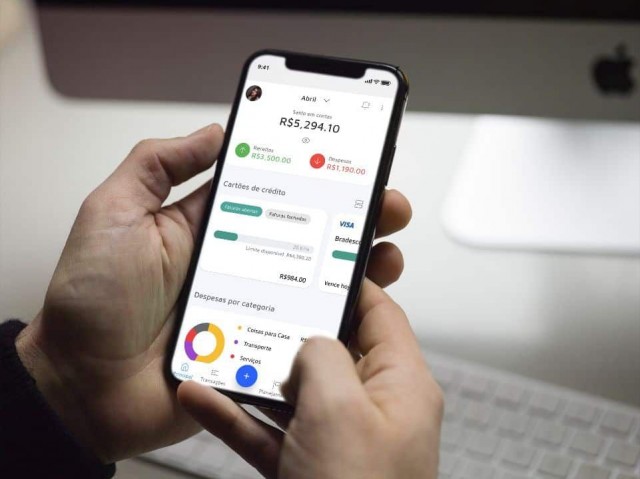If you're looking for ways to better control your personal finances, finance apps can be an effective solution. In this article, we'll explore the world of personal finance apps, what they are, and how to use them to manage your expenses, save money, and achieve your financial goals. Keep reading to discover how these apps can transform your financial life.
Why use personal finance apps?
Personal finance apps offer a range of benefits that can help improve your financial situation. Here are some reasons why you should consider using these apps:
- Ease of use: Personal finance apps are designed to be intuitive and easy to use, even for those without advanced financial knowledge.
- Expense Tracking: These apps allow you to record your daily expenses quickly and easily, giving you a clear picture of where your money is being spent.
- Budget planning: With personal finance apps, you can create personalized budgets and track your spending to ensure you're staying within your financial goals.
- Alerts and reminders: These apps can send notifications and reminders to help you pay your bills on time, avoid being late, and avoid extra fees.
- Investment monitoring: Some personal finance apps also allow you to track your investments, giving you a comprehensive view of your portfolio's performance.
- Financial goals: These apps help you set realistic financial goals and track your progress toward them.
How to use personal finance apps
Now that we understand what personal finance apps are, let's take a look at how to use them to improve your financial health.
1. Choose the right app
There are many personal finance apps available, each with different features and functionality. Before choosing an app, consider your needs and financial goals. Some popular apps include:
- Mint: A comprehensive app that lets you track expenses, create budgets, and track investments.
- YNAB: A budget-focused app that helps you track your expenses and save money.
- Personal Capital: An application that offers financial planning and investment tracking tools.
2. Connect your financial accounts
After choosing an app, connect your financial accounts, such as bank accounts, credit cards, and investments. This will allow the app to automatically import your transactions and provide a comprehensive view of your finances.
3. Set financial goals
Setting financial goals is an essential part of financial management. Use the app to set realistic goals, like saving for a trip or paying off debt, and track your progress over time.
4. Categorize your expenses
Categorizing your expenses is key to understanding where your money is being spent. Use the app's categorization tools to sort your expenses into categories like food, housing, transportation, and leisure.
5. Track your budget
A budget is a powerful tool for controlling your finances. Use the app to create a personalized budget and track your spending against it. The app can provide visual charts and reports to help you identify areas where you can save.
6. Take advantage of additional features
In addition to the basics of expense tracking and budgeting, many personal finance apps offer additional features like bill reminders, credit monitoring, and retirement planning. Explore the features available in your chosen app and make the most of them.

Personal finance apps are powerful tools to help you track your finances, set goals, and achieve financial stability. With a variety of features available, these apps can simplify financial management and provide valuable insights into your spending habits. Try out some popular apps and find out which one works best for your needs. Start using a personal finance app today and take control of your finances.

